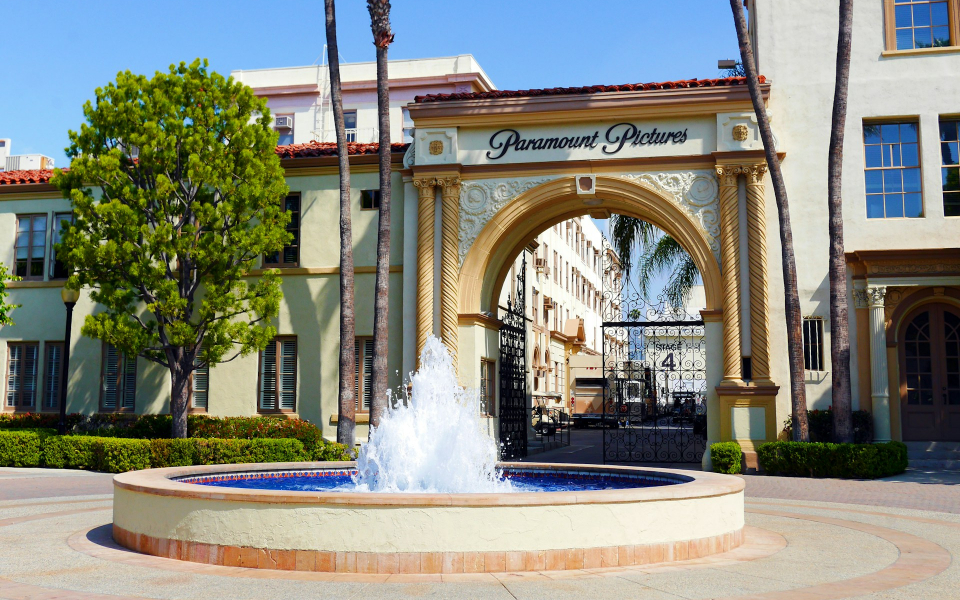It's an increasingly obvious fact that American malls are in decline. The middle and working class malls of yesterday are being steadily out-competed by flashy newcomers. In this tight economy, there is an increased appetite for luxury and high-end malls. With America's retail saturation, this diversion of consumer interest comes at the expense of the older, mid-range malls that were once a staple of American consumer culture.
Mid-range malls (including the Lakeside Mall of Detroit, Michigan and Owing Mills of Baltimore, Maryland) are classified by the stores they have inside. Popular mainstays among this class of malls include Sears

Unfortunately, it is becoming more difficult to negotiate extensions and refinancing for loans. Money-lenders are generally more cautious about giving loans. (The fact that several big players in retail--including Macy's Inc. [NYSE:M] and Nordstrom Inc. [NYSE:JWN]--are facing increasingly bleak prospects, only adds to their paranoia. In addition, household names like Aeropostale Inc. (OTCMKTS:AROPQ) and Sports Authority Inc. have filed for bankruptcy.)
Older malls are the biggest losers in the current double-bind of bad industry prospects and a frugal lending economy. They fail to meet the "glitzy" new standards set by luxury malls which provide higher-end goods. Because they are limited by their brick and mortar natures, these older malls also cannot readily adapt to the threat posed by Internet commerce--an important factor in the malls' downturn. Unlike Internet stores, brick-and-mortar malls are burdened by many expenses that come with operating a large, physical property. (Interestingly, in 2015, online shopping was found to exert only a small effect on the malls' decline. Instead, the overabundance of stores across America ("over-retailing") was cited as the primary cause.)

Two options exist for those owners of older malls who cannot refinance their debt. They can choose to abandon the property or to attempt to negotiate an extension with their loaners. But because receiving an extension is contingent upon an unlikely sympathetic response from an unwilling class of lenders, owners of "dead malls" like General Growth have been forced to adopt new strategies. As of 2012, General Growth has chosen to filter its holdings by preserving only its prime shopping destinations (like the Ala Moana Center of Honolulu, Hawaii and Fashion Show of Las Vegas, Nevada.) while isolating its weaker holdings into a separate company and disposing of subpar properties.
More and more, the moniker of "older malls" is linked to "lower-tier malls"--and it's increasingly difficult for them to survive. Notably, higher-end malls do not face the same double-bind as their lower-tier counterparts, which points to a trend in the retail landscape. Today, there is an increasingly bifurcated market: luxury malls and shopping centers located in high-end neighborhoods are succeeding, while middling malls are in decline. (Luxury is typically sacrificed in bad economies. But over time, societies and individuals financially adapt, and luxuries become accessible and desirable once more. To support this theory: recent studies indicate that when people receive money nowadays--years after the recession hit--they are more likely to spend than to save it.)

To factor in the attitudes of youth nowadays: a Harvard poll's findings noted that a sizable percentage of millennials prefer "socialism" to "capitalism." In reality, youth are moving away from the specific attitudes and practices associated with the capitalism of their childhoods--a time that coincided with the onset of the economic crisis. In particular, young people are resisting any rhetoric seeking to mask the most tangible consequences of the economic crisis.
In contrast to the success of luxury malls, middling malls in poorer neighborhoods are falling away. By one estimate, several hundred malls may close down within the next decade. Malls that rely the most on the department stores Macy's, JC Penney

Owners of these struggling malls are often forced to abandon their properties, which otherwise will rack up tremendous amounts of debt. This debt can sometimes exceed value of the property itself, rendering any further investments in redevelopment an implausibility. A mall is classified as "dead" once 40% or more of its space is vacant. In 2015, 80 percent of the 1,200 American malls were considered healthy--and many will continue to flourish. Massive demolition is also costly (requiring over 75 million dollars and anywhere from 2 to 5 years.)
While the appropriate preventative measures to take to rescue the dying malls are unclear, an analysis of the case of Puerto Rico yields some positive suggestions. Despite the island's "crushing public debt," new malls are opening in Puerto Rico. Researchers note that Puerto Rican shoppers are wealthier than official statistics reveal. This is due to a lower cost of living, combined with a lax tax collection system, which leads to a higher disposable income per consumer. The tourist trade and comparative lack of retail space--as compared to the US--give mall-owners hope, because it suggests that Puerto Rico is less saturated with retailers than the rest of America. Most important is the presence of lower retail supply. Because investors believe that this leads to a more open market for mall development, they are optimistic about their ventures.


















